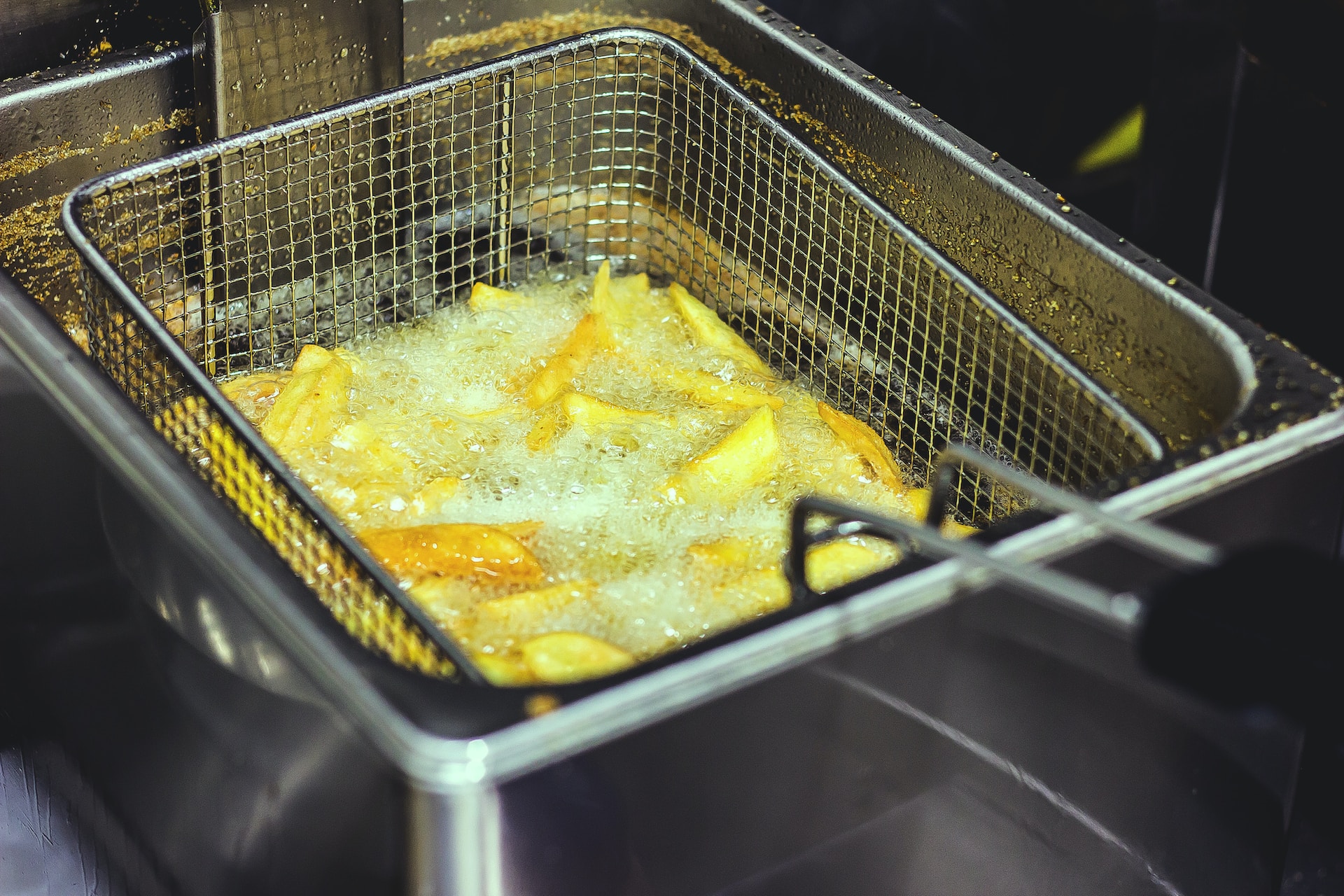Have you ever noticed that restaurants often serve bread as a complimentary item before your meal arrives? It’s a small touch that has become so ubiquitous that we rarely give it a second thought. But have you ever wondered why this practice exists in the first place?
The history of serving bread in restaurants dates back centuries, and its continued popularity today suggests that there’s more to it than just a simple offering of bread. In this article, we’ll explore the reasons why restaurants serve bread before a meal. We’ll dive into the cultural significance of bread, how it’s used in different types of dining experiences, and the psychological and economic reasons why restaurants offer it.
We’ll also take a look at some of the criticisms of bread service, such as concerns over its health and environmental impacts. By the end of this article, you’ll have a deeper understanding of why bread is so often a part of the restaurant experience, and what the future of bread service might look like.
The Role of Bread in Dining Culture
Bread has been a staple food in many cultures around the world for thousands of years. It’s no surprise that it’s found its way into the dining experience as well.
In different cultures, bread has played various roles. For example, in Italy, bread is often used to soak up sauce or oil left on the plate after eating, while in France, bread is often used to make sandwiches. In some cultures, bread is considered a symbol of hospitality, and guests are offered bread as a sign of welcome.
But beyond cultural significance, bread also serves different purposes in different types of dining experiences. In a casual dining restaurant, bread can serve as a way to welcome guests and help them feel comfortable. It can also help to keep guests occupied and happy while they wait for their meal.
In fine dining restaurants, bread can be a more elaborate affair. In some restaurants, bread is made in-house and can be presented as a work of art, complete with a selection of flavored butters and spreads. In this context, bread is not just a side dish, but an integral part of the meal experience.
Overall, the role of bread in dining culture is varied and multifaceted. It can be a symbol of hospitality, a way to occupy guests, or a culinary work of art. Understanding the different ways bread is used in dining experiences can give us insight into why restaurants serve it before a meal.
Psychological Reasons for Serving Bread
When you sit down at a restaurant and the waiter brings out a basket of warm, freshly baked bread, it’s hard not to be tempted. But why is that? There are several psychological reasons why bread service has become a mainstay in the dining experience.
The impact of the aroma and presentation of bread: The smell of freshly baked bread is a powerful sensory experience. It can stimulate feelings of warmth, comfort, and nostalgia. When the bread is also presented in an attractive manner, such as in a basket with a cloth lining, it can further enhance the sensory experience and make diners more eager to start their meal.
How bread can stimulate appetite: Eating bread before a meal can actually help to stimulate digestion and prepare the body for the main course. It can also help to increase appetite, as the carbs in bread trigger the release of insulin, which can make you feel hungrier.
How bread can be used to occupy customers while they wait: If a restaurant is busy, bread can be a way to keep customers happy and occupied while they wait for their table or meal. A basket of warm, freshly baked bread can make waiting for a table or a meal more enjoyable, and can even help to reduce the perception of waiting time.
The psychological reasons for serving bread before a meal are varied, but they all contribute to making the dining experience more enjoyable and enticing for customers. From the smell and presentation of the bread to its ability to stimulate appetite and occupy customers, bread service is a small touch that can have a big impact on the overall dining experience.
Economic Reasons for Serving Bread
While the psychological reasons for serving bread are certainly important, there are also practical economic reasons why restaurants offer bread service.
The cost-effectiveness of serving bread
Bread is relatively inexpensive to produce and can be made in large batches. Compared to other menu items, like meat or seafood, bread is much more cost-effective to produce and can help restaurants save money on more expensive items.
The role of bread in reducing food waste
Bread can also be a good way to use up leftover dough or ingredients that might otherwise go to waste. For example, restaurants may use leftover dough from pizza or pastry-making to make bread rolls. This can help to reduce food waste and make the restaurant more sustainable overall.
It’s important to note that while serving bread can be cost-effective, it’s not always a given that it will be. Some restaurants may opt for more expensive bread options, such as artisanal or sourdough bread, which can drive up the cost of the bread service. However, even in these cases, the cost of bread is generally still lower than other menu items.
Criticisms of Bread Service
While bread service is a common practice in many restaurants, it’s not without its critics. Here are some of the main criticisms of bread service:
Criticisms from a health perspective
For diners who are watching their carb or calorie intake, bread can be a concern. Bread is often high in carbohydrates and calories, and can quickly add up if consumed in large quantities. Some diners may prefer to skip the bread altogether in order to save room for other menu items.
Criticisms from an environmental perspective
Bread production can also be resource-intensive, which can be a concern for diners who are environmentally conscious. The production of wheat, which is the main ingredient in bread, requires large amounts of water, fertilizer, and energy. The transportation of bread products can also contribute to carbon emissions and other environmental issues.
Despite these criticisms, it’s important to note that not all bread is created equal. Some restaurants offer healthier bread options, such as whole grain or gluten-free bread, which can be a good choice for diners who are watching their carb or calorie intake. Additionally, restaurants can take steps to make their bread production more sustainable, such as sourcing local ingredients or using renewable energy sources.
Conclusion
In this article, we’ve explored the reasons why restaurants serve bread before a meal. From the cultural significance of bread to its psychological and economic benefits, there are many reasons why bread service has become a mainstay in the dining experience.
However, we’ve also examined some of the criticisms of bread service, including concerns over health and the environment. These criticisms remind us that even small touches like bread service can have an impact, and that it’s important for restaurants to consider the implications of their choices.
Looking to the future, it’s possible that the practice of bread service may continue to evolve. Restaurants may opt for more sustainable or healthier bread options, or they may shift their focus to other complimentary items altogether.
Regardless of the future of bread service, it’s clear that this small touch has become an integral part of the dining experience. Understanding the reasons behind its popularity can give us insight into the broader cultural and economic forces at play in the restaurant industry, and help us appreciate the little things that make a meal out special.




